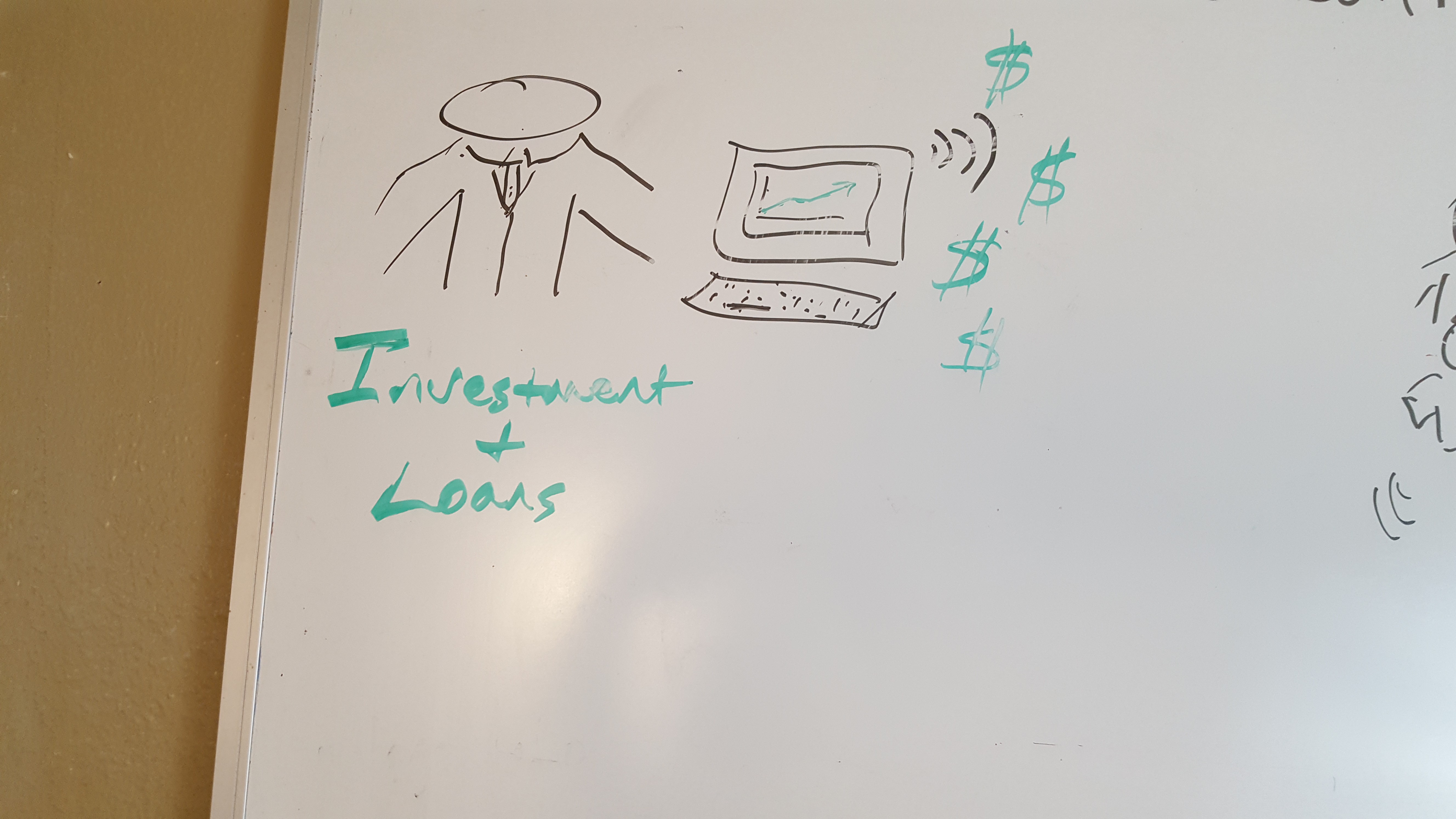
"The difference between science and messing around is writing it down." - Adam Savage
Microfarming has been the realm of the back yard gardener, small family production and hobbyists around the world. It has never been a viable economic vehicle and many have failed to attract the marketing and investment required to expand to a large enough operation to sustain a living. Ufarm Robotix aims to change this by making microfarming the central vehicle for production as we move our food system into the 21st Century. Having robots do the work is great but knowing the work they need to do makes them efficient and cost effective. This can not be achieved without comprehensive data gathering, storage and analysis. Ufarm uses persistent data harvesting to constantly improve costs and resource efficiency.

The first part of the system is the grow space. We use grow tents, containers and hoop houses. We will discuss these options and howto set them up in future post. The sensor arrays monitor the vitals for the plants and the environment in the growspace. There are actuation nodes that will activate air, water, light and such as needed. The producer will be able to see a real time picture of the farm. A full time internet connection ensures that you are up to date and successful regardless of your experience.
 Community Data Vs. Big Data: Companies are already using data against consumers in many ways. A prime example is that seed companies sell rapeseed at a much higher rate to farmers in Illinois than they do in Texas. In Texas, costs more to produce for smaller yields. So the farmers in Illinois are punished for growing higher yields. They are forced to give more of their margin to the seed company. With UFARM we are building community data. The data will always be accessible to everyone on the network. The vital growth and consumption data is graphed charted and shared to all so that each producer can use it to maximize there yields while lowering their costs.
Community Data Vs. Big Data: Companies are already using data against consumers in many ways. A prime example is that seed companies sell rapeseed at a much higher rate to farmers in Illinois than they do in Texas. In Texas, costs more to produce for smaller yields. So the farmers in Illinois are punished for growing higher yields. They are forced to give more of their margin to the seed company. With UFARM we are building community data. The data will always be accessible to everyone on the network. The vital growth and consumption data is graphed charted and shared to all so that each producer can use it to maximize there yields while lowering their costs.

 tlankford01
tlankford01
Discussions
Become a Hackaday.io Member
Create an account to leave a comment. Already have an account? Log In.